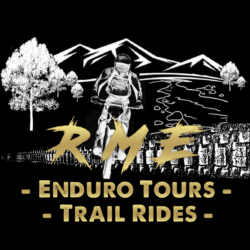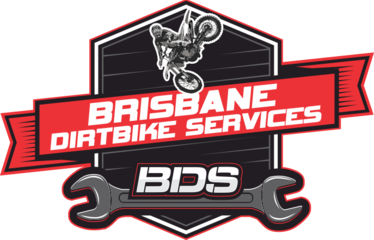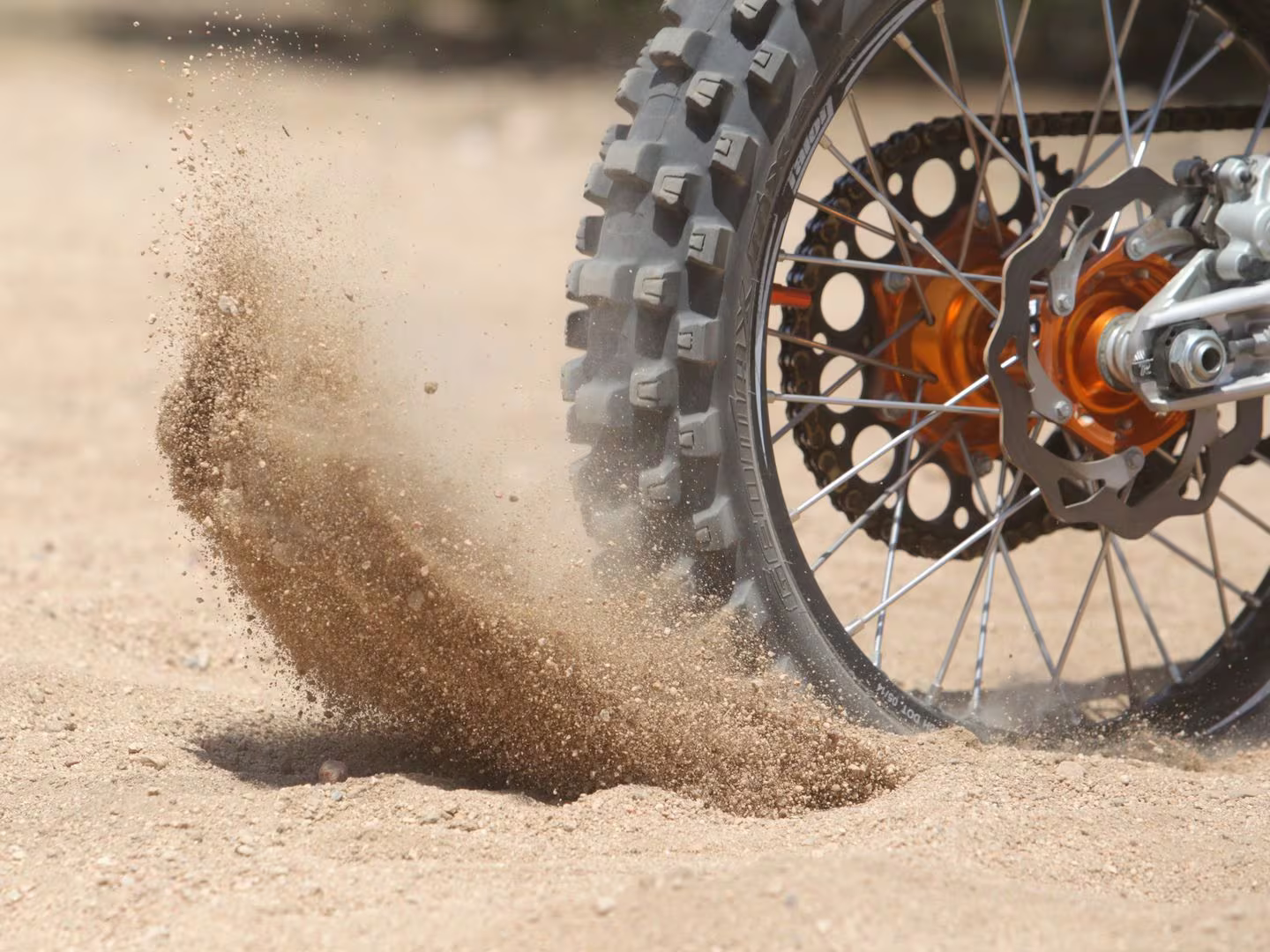Let’s talk Tyre Pressures
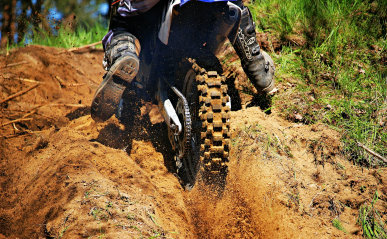
Have you ever been in a situation where other riders are getting good traction, but you just can’t seem to find the grip that you need? Well this could be because you are running the wrong tyre setup!
To get the right tyre performance many different factors need to be taken into account. Tyre selection, tyre setup and your tyre pressures all contribute to getting you ahead of the pack. Get them wrong, and you could end up with loss of traction or a puncture from a pinched tube,
It really helps heaps when your tyres are performing at their best for the specific type of riding that you are doing.
The RME Trail Team have put together this guide, and shared some secrets to allow you all to continue to enjoy your Enduro style riding and get the maximum performance from your tyres. The Team has over 40 years of riding experience at all levels of our sport.
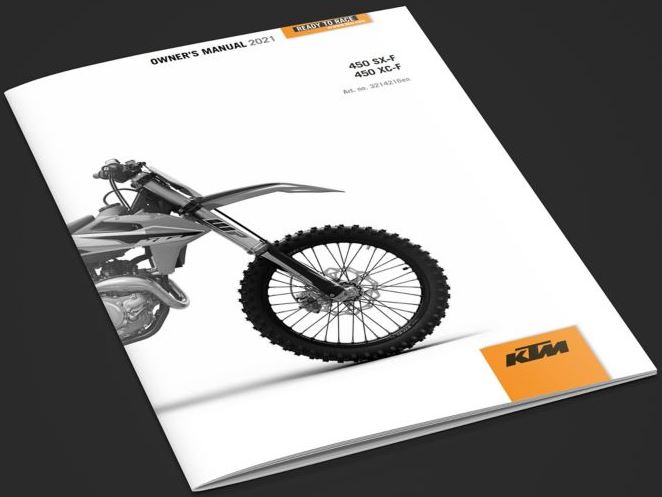
Most riders will start with a quick reference to their Owner’s manual – this reference is usually in the range of 13-15psi. But this is very much a generalised guide and “one size does NOT fit all” when it comes to tyre pressures! A one line reference in an Owner’s manual cannot possibly take into account all the individual factors that need to be considered (as detailed further on).
As a general rule and if you can’t factor anything else in, keeping between 10-13psi should keep you in good stead on the trail. Try 10-11psi for soft and slippery conditions and 12-13psi for the harder tracks, especially ones with rocks etc.
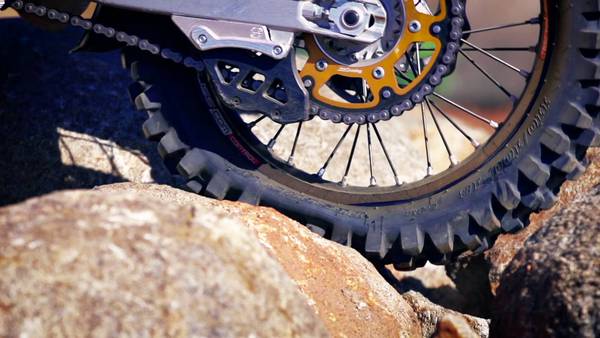
A lower psi (8-11psi) in a tyre will allow the tyre to mould over objects and flatten out on the ground. This will allow more of a contact patch to connect with the ground and effectively give better traction. This is especially beneficial in situations where it is muddy, slippery and soft. Sand is also a good example of where lower pressures will give you better grip and drive.
But lower pressures can make your bike feel a touch more unstable on the trails. You will also be prone to more pinch punctures. Pinch flats are the most common way to get a flat tyre. When running very low pressures valve rotation can become a problem as the pressure is not there to hold the tyre from slipping on the rim. You may need to consider running an additional rim lock to prevent valve rotation.
Higher psi (11-15psi) tyres will hold their shape better and are better for harder terrain where you are not always searching for grip. The bike will feel more stable on the trail with higher pressures.
Read on further to consider the various circumstances that could determine what your tyre pressures should be for any given situation.
What type of Bike do you ride?
Enduro. Motocross or Dual sport?
Motocross bikes are lighter and generally have stiffer suspension. Many have 19in rims and have low profile tyres, limiting your tyre choice. Low profile tyres will require a couple more psi to avoid pinch flats.
Dual sport motorcycles generally are a lot heavier and have softer suspension but with shorter suspension travel. A standard Dual sport motorcycle will not be setup to take hard hits on the trail and will require a few more psi to avoid pinch flats.
What Suspension setup do you have?
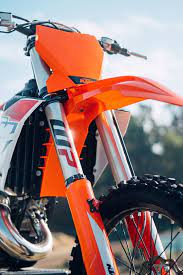
Generally, if you have your suspension set up for a soft, plush ride then you can run a few less psi in your tyres. Conversely, if your suspension is setup for a hard ride then you will need your pressures on the higher side.
Suspension setup is a topic for another time.
What weight are your Tyres carrying?
Your body weight will make a difference, but so will any extras you’re carrying with you. Even just the addition of Ultra heavy duty (4mm) tubes will add weight to your bike
Your overall weight will make a big difference to the tyre pressure that you require. Many manufactures base their recommendations on an 80kg rider with common riding gear. If your total riding weight is much different to this you can adjust your tyre pressures up or down accordingly.
What type of Tyre are you using?
Tyres are NOT all made equal and selecting the right tyre can be a little complex. Considerations for tyre selection are:
- What kind of compound is the tyre made from? A soft compound tyre is more flexible, whereas a hard compound tyre is more rigid. The tyre compound will also determine its durability.
- How is the tyre constructed? Construction is usually described by its carcass design and the number of plies used. The different ways a tyre is constructed will affect its weight and flexibility.
Tyres are usually classified for use on soft, hard or intermediate terrain.
A tyre that is designed for soft soil with widely spaced tread blocks and a soft casing, will require a pressure in the upper range, to help it dig into the soil. If you use this same tyre in soft mud, you would need to drop the tyre pressure. A lower pressure will optimize the movement of the casing, and help to clear mud from the tread.
You’ll always enjoy your riding a whole heap more on a fresh set of rubber.
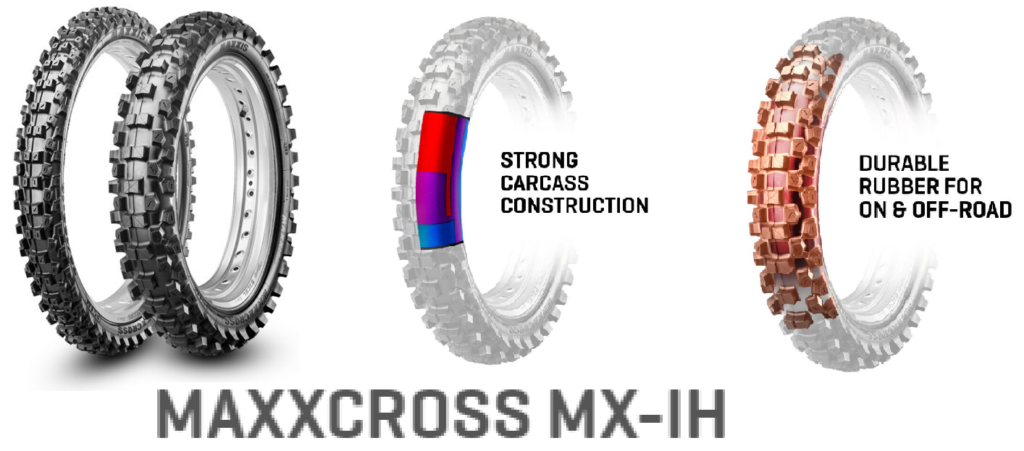
The RME Team have been working closely with MAXXIS Moto to come up with the best tyre recommendation for our enduro style of riding. We use and recommend the all-new Aussie-spec tyre from Maxxis Moto: –
This tyre has a a strong carcass construction, a durable rubber compound, features a pliable sidewall and has an excellent tread pattern for enduro riding. Then we match that with some ultra-heavy duty tubes (3-4mm) and run our tyre pressures as low as we are comfortable with for our individual riding style.
If you are on a motocross bike, you may need a 19in rear tyre. These have a low profile sidewall and will require a bit extra psi to avoid pinch flats.
What Tube setup do you have?
Most riders will be using tubes. At the very minimum you should choose ultra-heavy duty type inner tubes (3mm – 4mm thick). You still run the risk of “pinch flats” from debris and square edge hits, but the thicker rubber tubes offers added protection.
Some trail and enduro riders will opt for a mousse instead of a regular inner tube. A mousse is basically a foam insert that is used in place of the tube, to eliminate the chances of a puncture. Another option is Tubliss.
Both ultra-heavy duty inner tubes and a mousse will add weight to your wheels. This additional weight will increase the gyroscopic effect that keeps the bike upright, and in a straight line.
How effective is your Rim Lock(s)?
The rim lock helps to prevent your tyre spinning on the rim and ripping your valve out.
If you choose to run very low pressures, valve rotation can become a problem as the pressure is not there to hold the tyre from slipping on the rim. You may need to consider running an additional rim lock to prevent valve rotation.
What level of rider are you?
Beginner Riders – can run lower pressures. They are not usually hitting logs, riding over rocks and putting real stress on the tyres. So the chances of getting flats are relatively low.
Intermediate Riders – As your riding confidence increase so should your tyre pressures. Higher speeds mean you hit things harder.
Advanced Riders – no comment needed. If you’ve reached this level you already know how to set your bike up for no punctures but with great grip and performance. You also know how to pick the best line and to “lighten up” over rock edges and logs etc.
How fast do you ride?
Enduro riders can drop their pressure as low as 6 psi, but this is only recommended for slower riding. At pressures this low it’s easy for your tyre to hit a large root or rock, and pinch the tube. If you’re riding any faster than 25kph, then a minimum of 8 to 10psi is recommended.
You can use lower pressures when out Enduro riding as this is not usually as fast as motocross or cross country riding.
What type of terrain are you riding on?
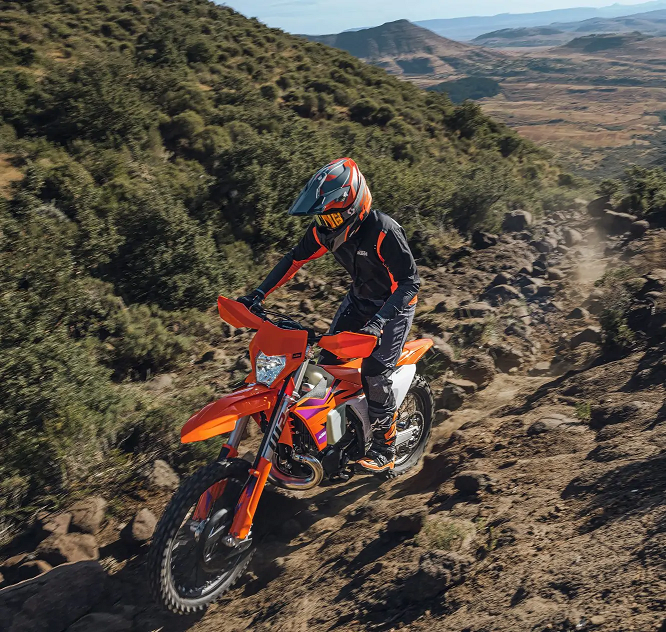
Each ride location that you frequent may require a tyre pressure adjustment to suit the terrain.
If you’re riding on loose terrain, soft clay, mud, or rocks, you may consider using a lower tyre pressure. This will increase your traction by increasing the tyre to dirt contact area. Dune riders get even lower.
If you’re riding on hard pack terrain, rocks, roots, logs, or if you expect any square edge hits, it’s always better to simply add a couple more psi to both tyres.
What weather conditions are you riding in?
Wet or rainy conditions will require you to lower your pressures a bit to improve traction. When it’s dry and dusty you may need to consider increasing your pressures a little. Vision is often impaired in the dust and you want to avoid a pinch flat from hitting unseen rock edges and logs.
And one more point to note …..
Whatever setup you have, it’s always worth running 1 or 2psi more in the front tyre just to be safe. The front tyre has a much smaller cavity, meaning it has much less air volume than the rear tyre. This means your front tyre is much more susceptible to a puncture due to pinching.
Conclusion
There is no one tyre pressure that suits all situations.
You may think that 2 or 3psi won’t make much difference, but you’d be surprised at how much difference it can actually make. Think about a tyre with a maximum pressure of 15psi, losing just 3psi equals a massive 20 percent change to the tyre pressure.
Finding the right dirt bike tyre pressure may take a bit of trial and error. Around 12psi is a good starting point and work your way up or down by using the tips you’ve learned in this guide. Think more about how the bike feels, as opposed to what the actual pressure is reading on the gauge.
Lower Tyre Pressure:
- Will allow the tyre to mould around logs, rocks, etc for better traction
- Should give you more ‘feel’ to the ground
- May feel unstable during cornering
- Are more prone to flat tyres
- May result in damage to your rims
Higher Tyre Pressure:
- Are better at preventing flats
- Will give you less ‘feel’ to the ground
- Will deflect off logs, rocks, etc which can make the bike twitchy at speed
- May cause loss of traction during acceleration, and wheel spin on loose terrain.
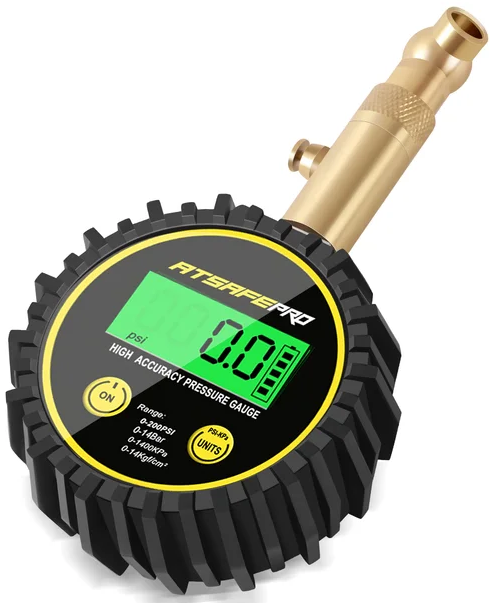
Don’t be afraid to play with different tyre pressures out on the trail, take a low pressure gauge with you. Get a good accurate tyre pressure gauge. A small hand pump will also be useful out on the trails, in case you let out too much air.
No two riders are the same, so a tyre pressure that works for one rider, may not work for another. Be patient, get your pressures set right, and you’ll be amazed at how much of a difference this will make to your riding.
We hope this guide helps to improve your enjoyment of enduro riding, When your riding buddies comment on how much your riding skill has improved, maybe just smile and keep these secrets to yourself for a while 😉.
Still need some help? – We’ve got you covered.
If you’ve read all the above but are still not confident, or just need a little help, we recommend that you give Brisbane Dirtbike Services a call. The Team at BDS are all passionate about everything Dirtbikes. They ride all our Events and are experts at dirtbike setups.
They will help you source the right tyre and have some great deals that include tyre fitting and setup.
The team at BDS has decades of experience and are always willing to discuss your personal requirements to get the most enjoyment from your dirtbike.
W: brisbanedirtbikeservices.com
F: BrisbaneDirtbikeServices
Ig: brisbane_dirtbike_services
